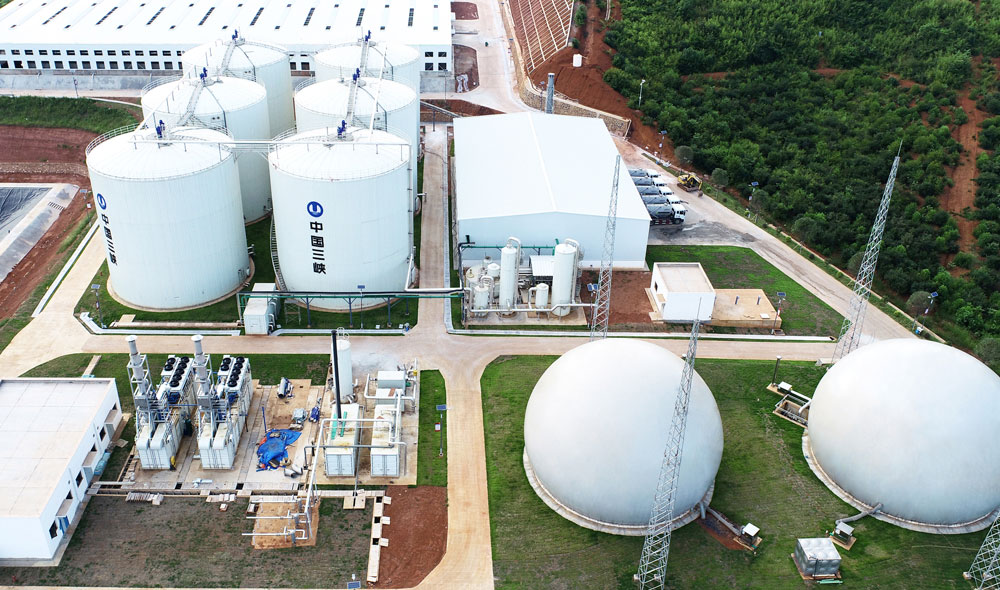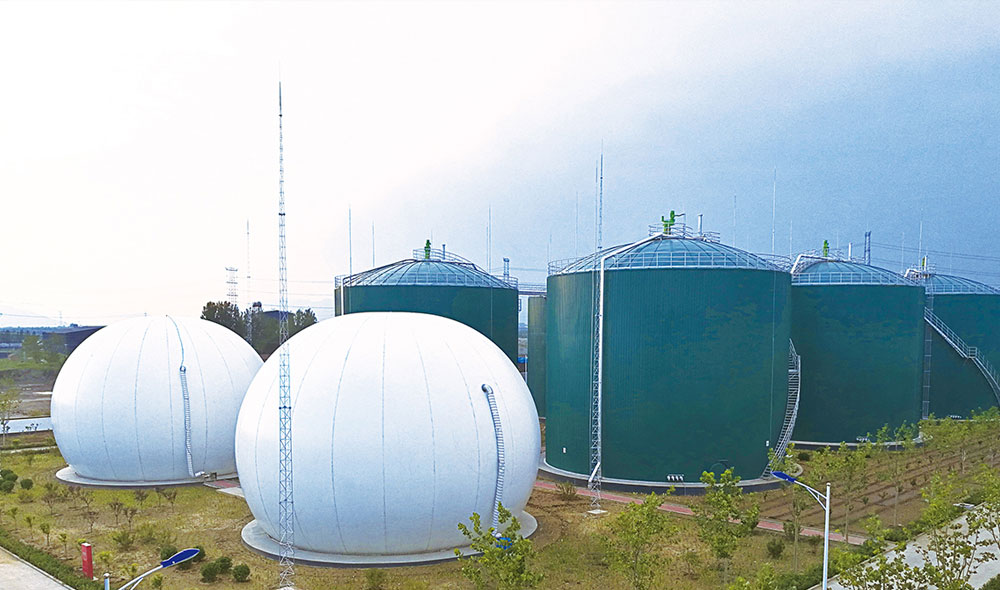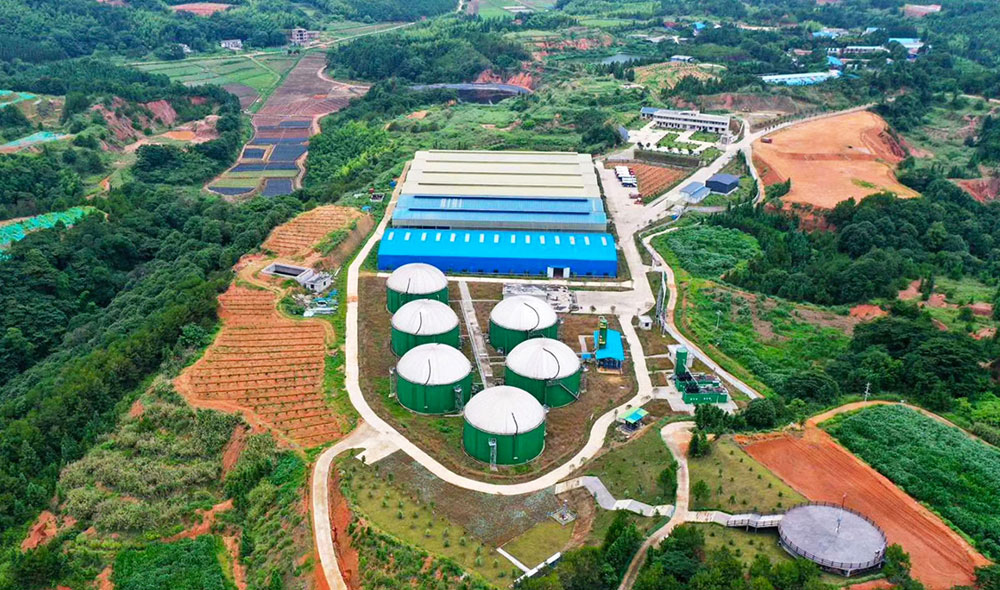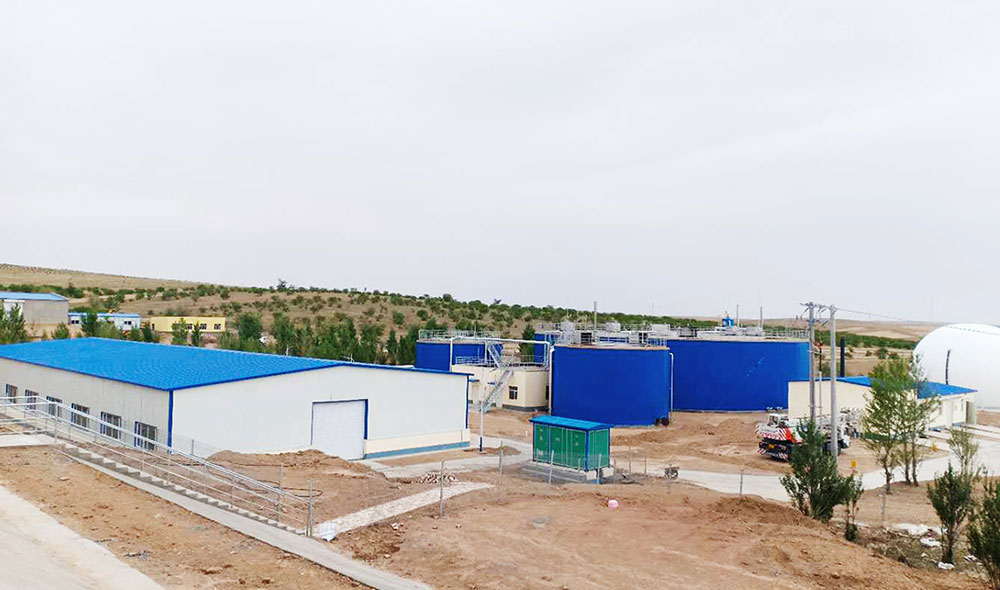- Home
-
Biogas Projects
By Size By Gas Utilization By Application
- Biogas Plant Technology
- Service
- Blog
- Resources
- Company
- Contact









A biogas plant can achieve electricity generation using biogas through a process called cogeneration or combined heat and power (CHP). In this process, biogas, which is primarily methane generated from the anaerobic digestion of organic materials like agricultural waste, animal manure, or sewage, is used as fuel to power an engine or turbine.
The biogas is combusted within the engine or turbine, causing it to rotate. This rotational motion is then converted into electricity by a generator connected to the engine or turbine. The electricity generated can be used on-site to power electrical appliances, machinery, or lighting within the biogas plant made by biogas plant suppliers.
Additionally, the heat produced as a byproduct of the combustion process can be captured and utilized for heating purposes, such as space heating or water heating. This combined heat and power approach maximizes the efficiency of the biogas plant by utilizing both the electricity and heat generated from the biogas, making it a cost-effective and environmentally friendly energy solution for biogas power generation.
Converting biogas to electricity offers environmental benefits by reducing methane emissions from organic waste, and mitigating climate change. Biogas, derived from waste, has a lower carbon footprint compared to fossil fuels, aiding in cleaner air and sustainable energy. Biogas production plants improve waste management practices, diverting organic waste from landfills and curbing greenhouse gas release. This renewable energy source fosters local economic growth through job creation and supports sustainable agriculture by producing nutrient-rich fertilizers. Therefore, the biogas energy project contributes to a greener future by promoting renewable energy adoption and mitigating environmental degradation.
